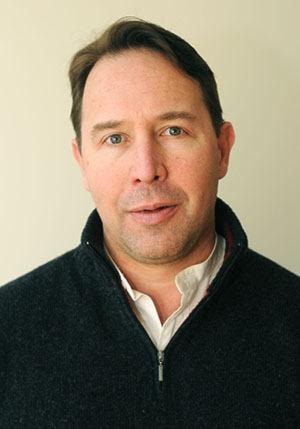Former Prime Minister Kim Campbell famously informed that election campaigns are not the time to discuss complicated issues. But since many such issues are not discussed in polite conversation, too many people are shortchanged both in terms of information and the ability to form their own opinion.
To illustrate, after confederation, the Canadian government funded itself (and protected domestic industry) via high tariffs on imported manufactured items. Only after three years of the First World War was a four per cent tax on incomes above $2,000 introduced, though with the specific suggestion it should not continue beyond a year or two after the war ended.
Unsurprising from today’s perspective, income taxes were not abolished. But high exemptions meant that, in 1934, only two per cent of the population paid anything.
However, a perceived tendency of economies to cycle between boom and bust led, during the 1930s, to Keynesian economic theory. In general terms, rather than waiting for the market to rebound, the widespread suffering due to extreme Depression era unemployment motivated U.S. Democratic President Franklin Roosevelt to incur U.S. government debt with which to underwrite public works projects.
One result was the electrification of 95 per cent of American homes. But the arguably more important outcome was that by putting people back to work, their renewed spending power primed the economic pump. But insofar as government debt requires repayment, critics hyperbolized that paying people to dig holes and others to re-fill them, in fact, inhibits the natural tendency of markets to return to equilibrium. In this view, government meddling mainly prolongs economic pain rather than reduce it.
As with most national conflicts, the need for government spending provided an economic stimulus during the Second World War, financed in no small part by War Bonds sold to the public. This in turn led to the so-called ‘Bond Age,’ in which economic calculations could outweigh geopolitics. Money flowing freely across borders would limit the need for armies to do so.
More importantly for the non-Keynesian perspective, though, is that allowing investor access to the highest possible returns would produce the maximum benefit to society.
On this basis: fund flows from private investors to public good (most people did not invest in stocks); U.S. government bonds underwrote an American highway system that, in turn, facilitated world-leading rates of economic expansion.
Yet concurrent with the fall of the Communist bloc, the theory of ‘trickle-down economics’ coalesced around the principle that Soviet style officials deciding which products consumers will want is less efficient than allowing entrepreneurs the freedom to respond to profit opportunities. Expanded slightly, this theory advocates that if governments reduce red tape, then more businesses and, hence, long-term jobs will be created. Expanded for political purposes, this theory holds that cutting tax rates (especially on the wealthy) will grow the economy so much that total tax revenue will rise.
Such ‘supply side’ thinking held sway for most of the 1990s and 2000s, even as it deliberately overlooked the extent to which the dynamic Chinese economy remains centrally directed. So, too, the 2008 government bailouts were due in no small part to deregulation and coined the term, ‘We are all Keynesian’s now.’
Notably, there are myriad other factors (including the role central banks play in controlling inflation via adjustment of interest rates), but for our present purposes, let’s boil the question down to what economists term ‘Guns vs. Butter:’ Do people today trade-in iPhones because they have enough disposable income to satisfy ‘just wanting to’ or do they do so because Steve Jobs et al’s new features are so valuable that to stay competitive they ‘really need to?’
The answer is obviously a shade of gray.
– Mike Shields hosts SFU’s Philosopher’s Café.
